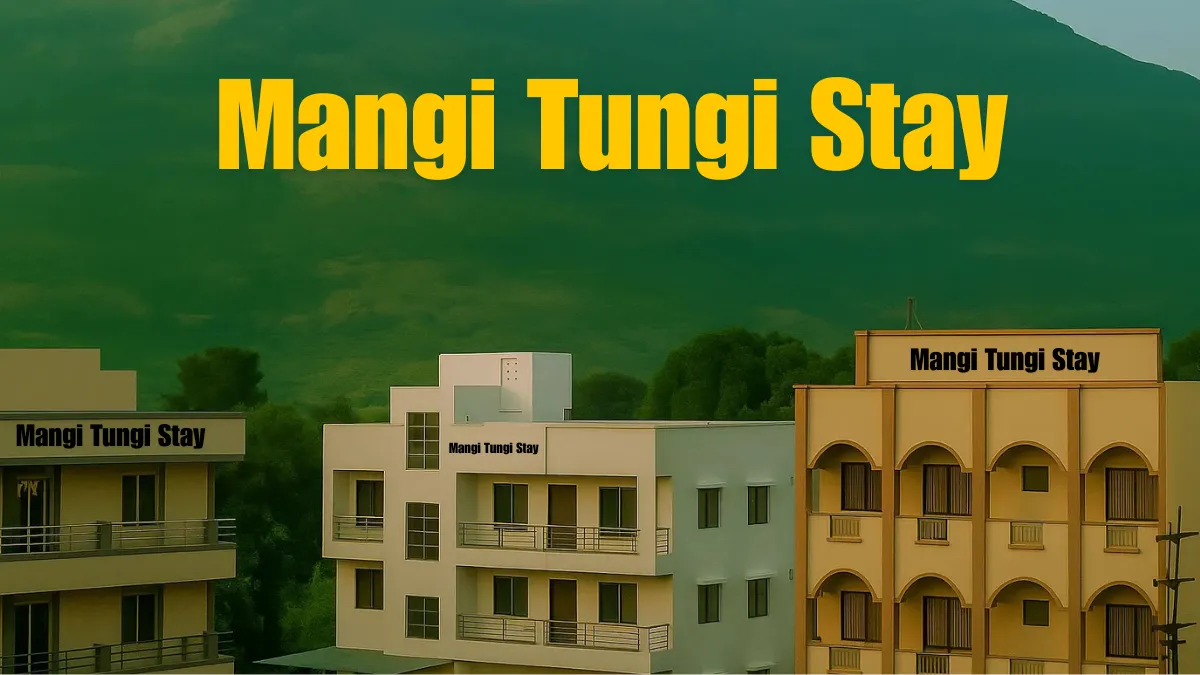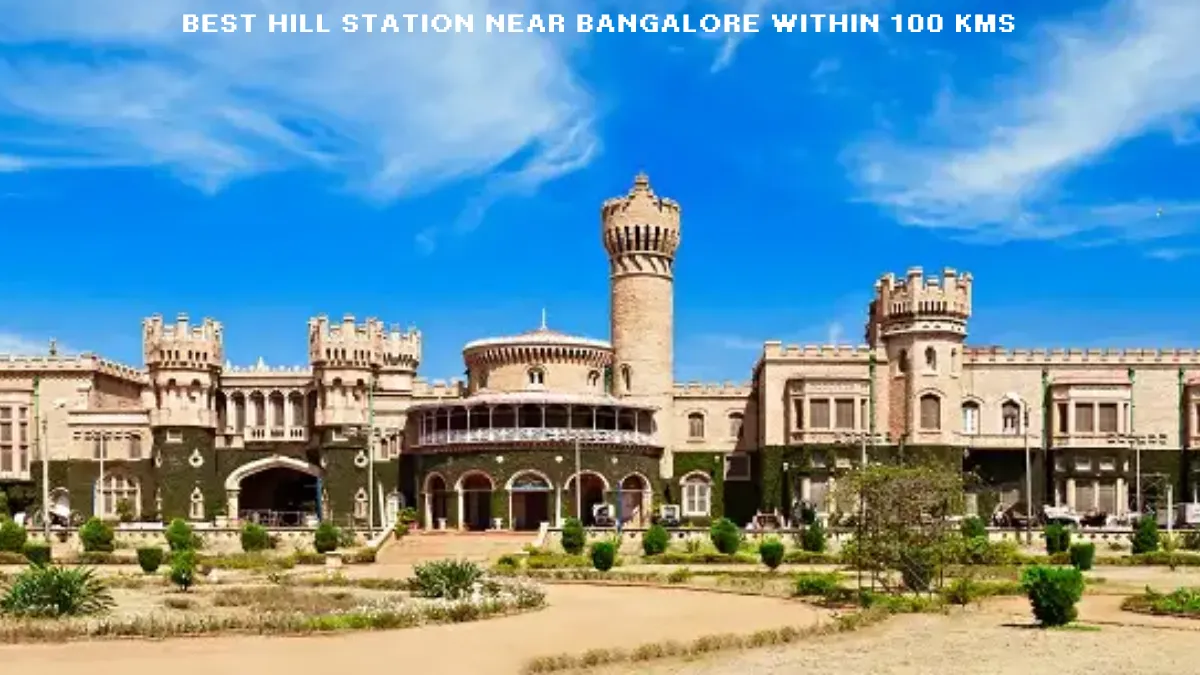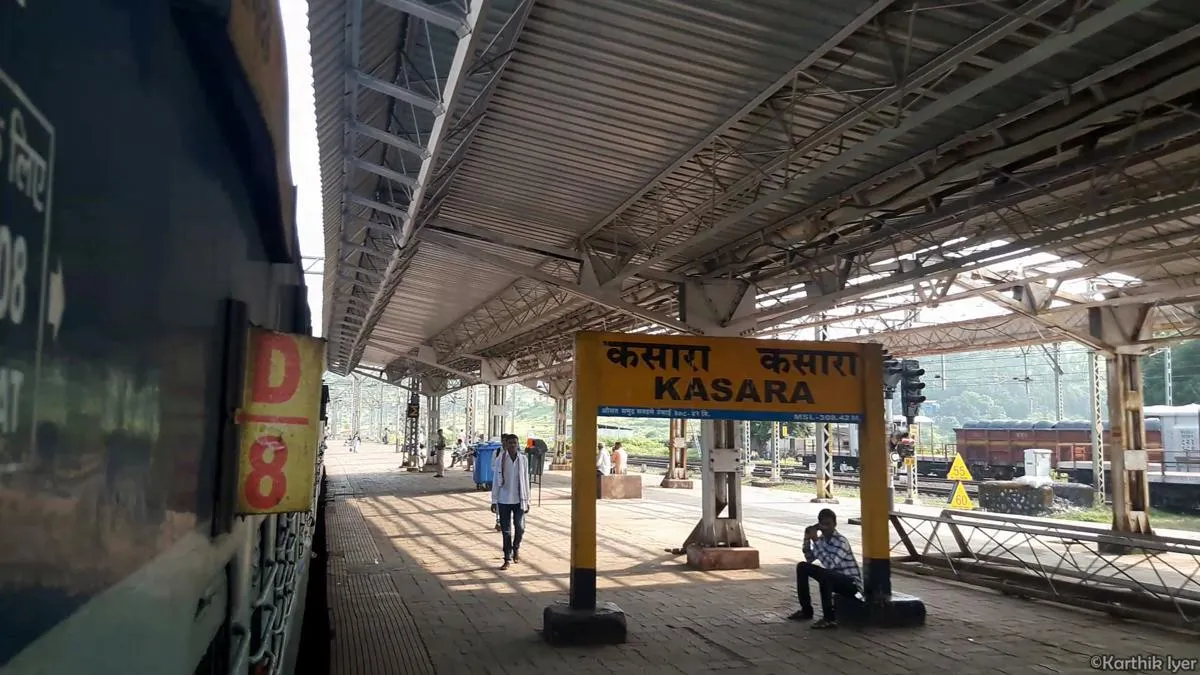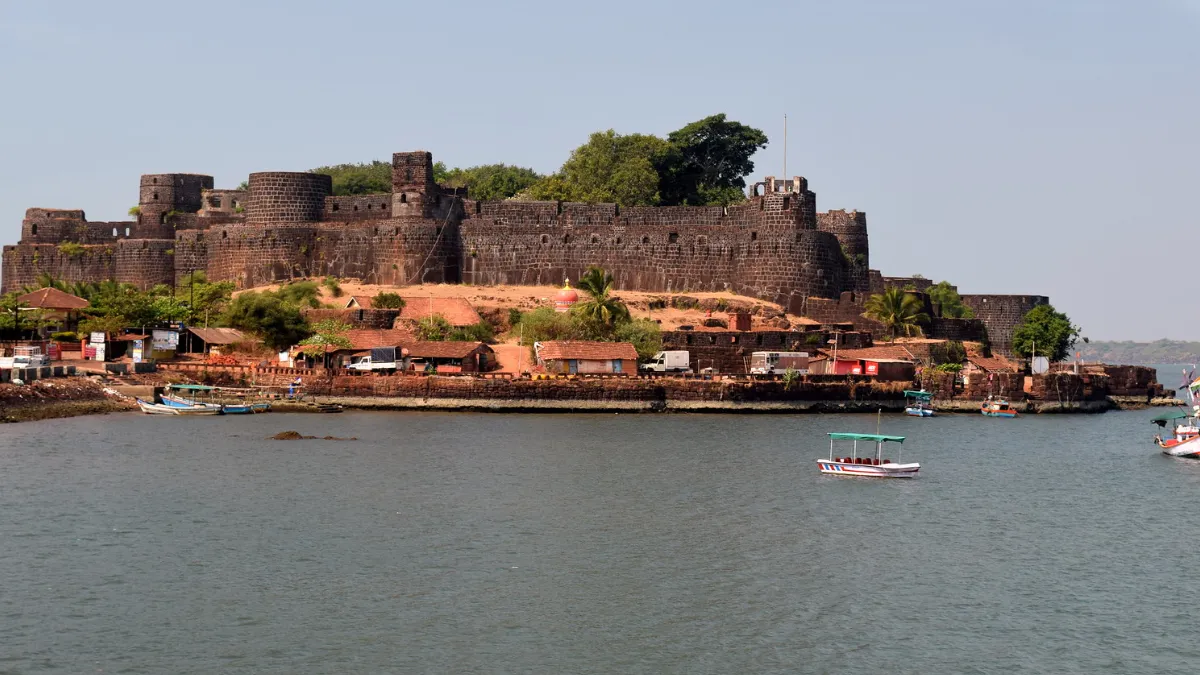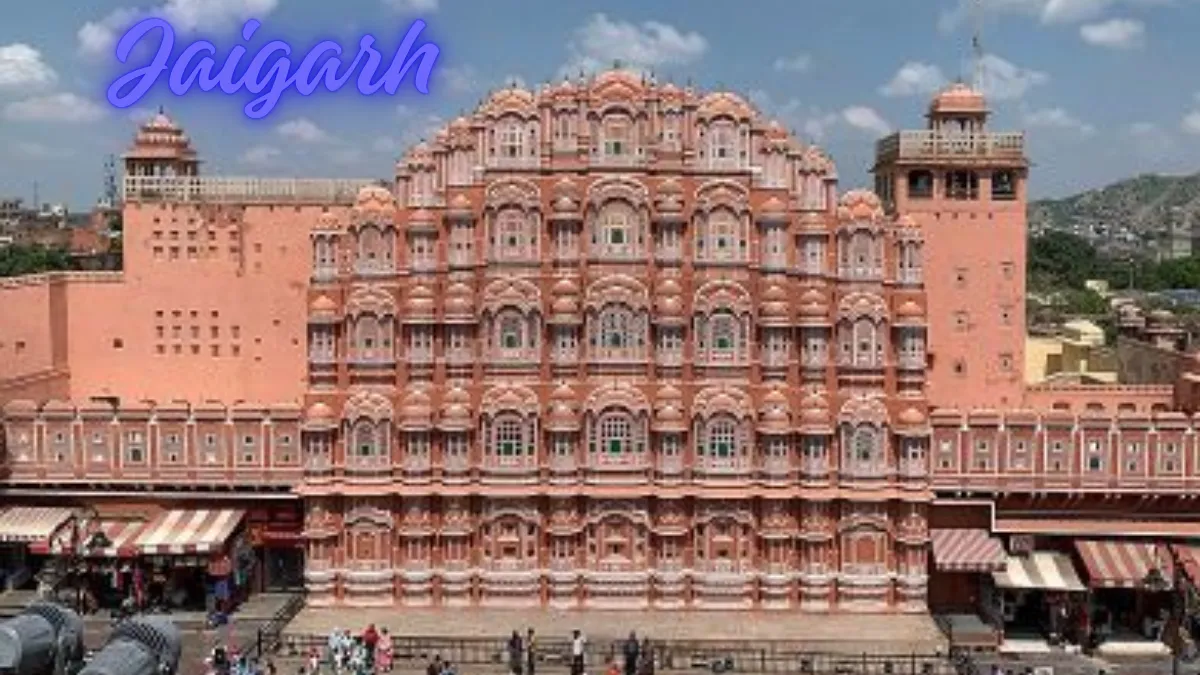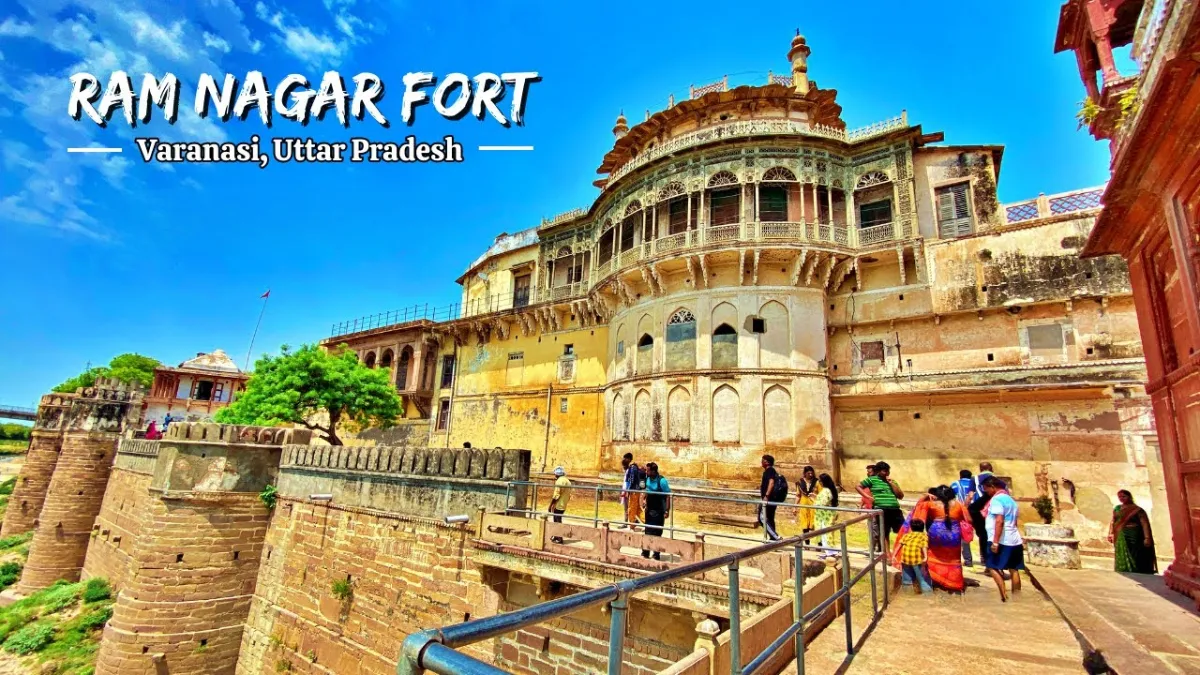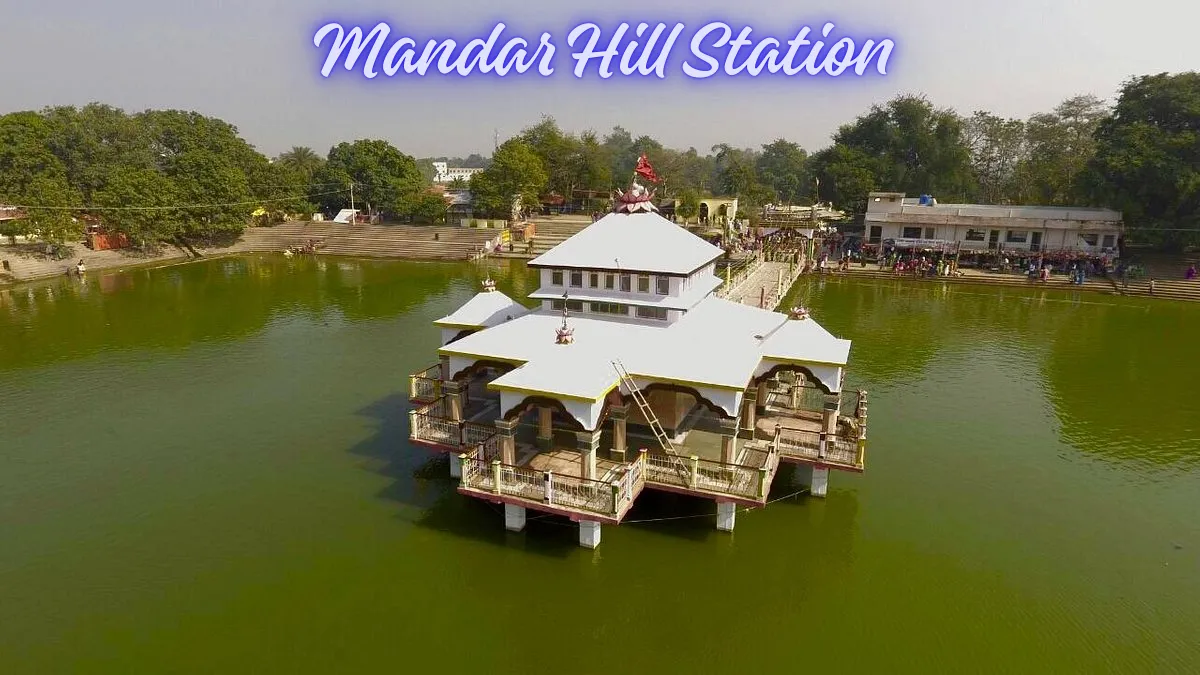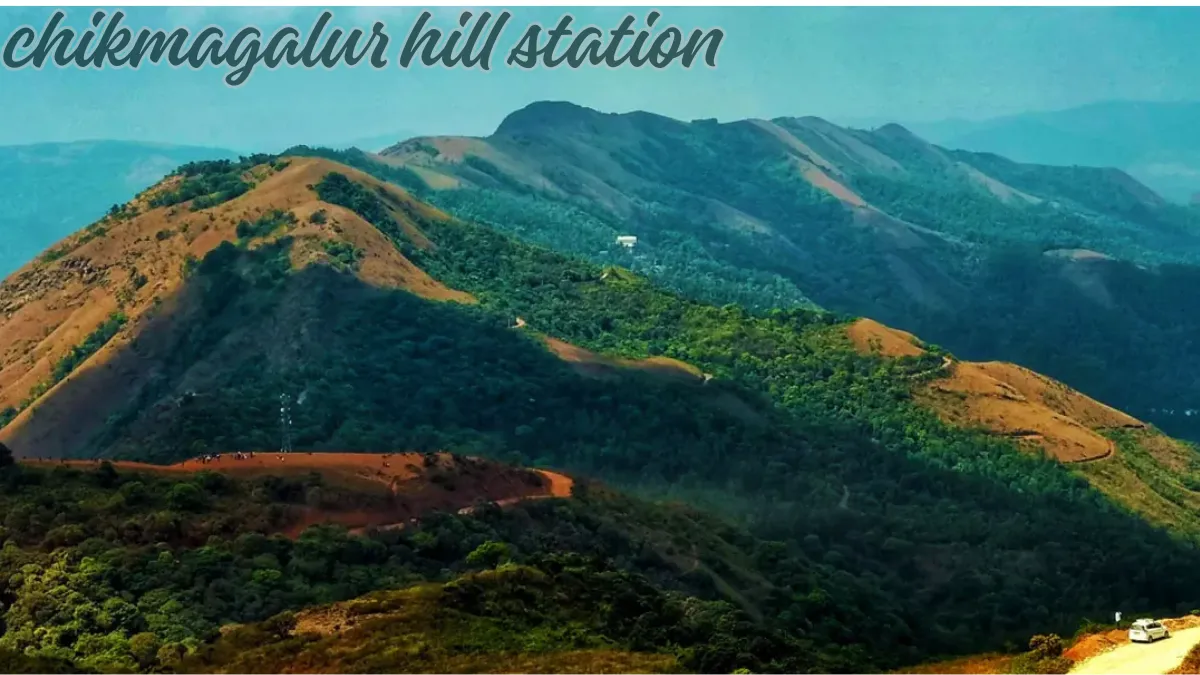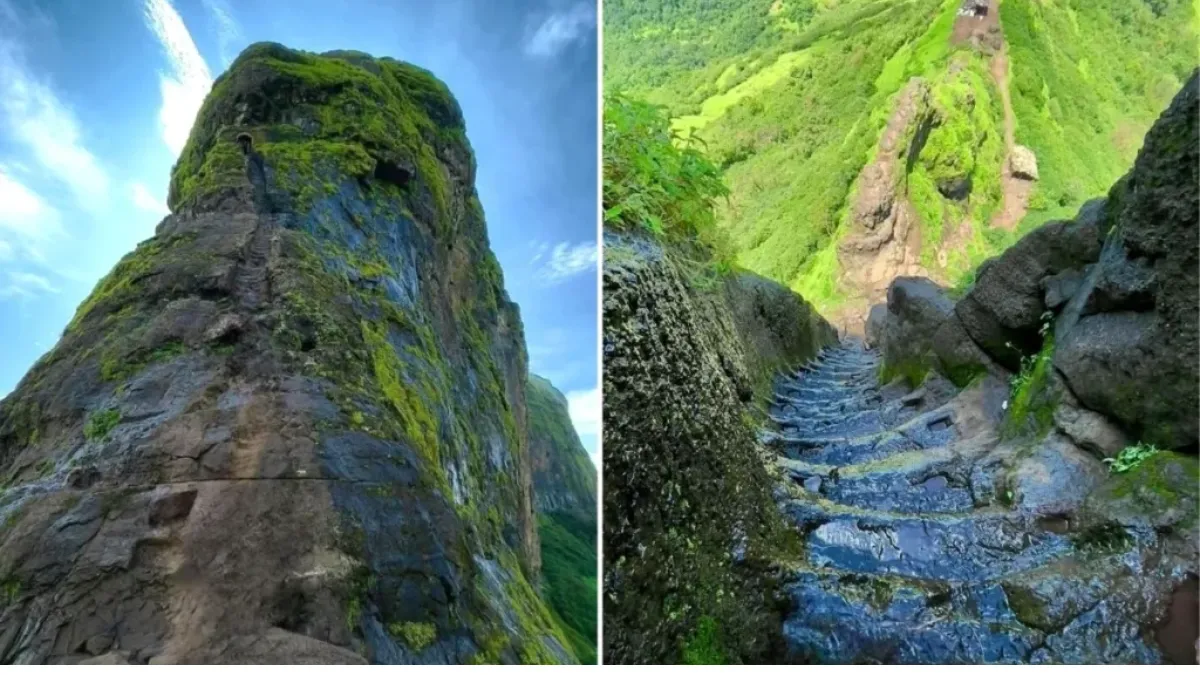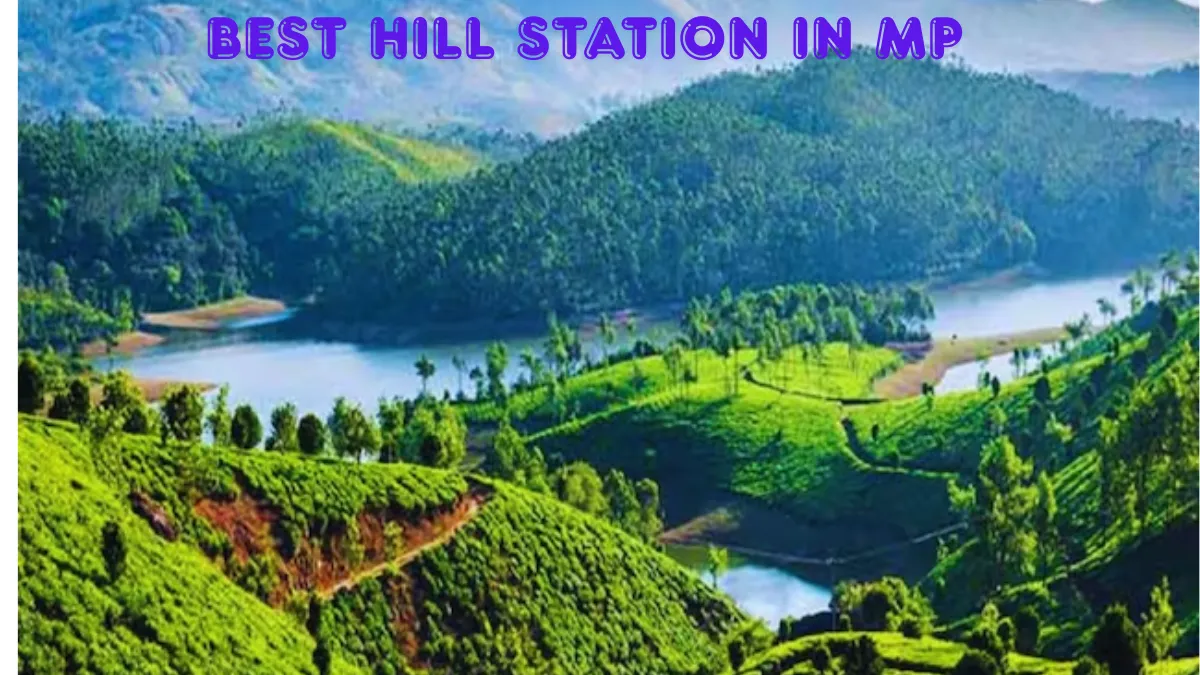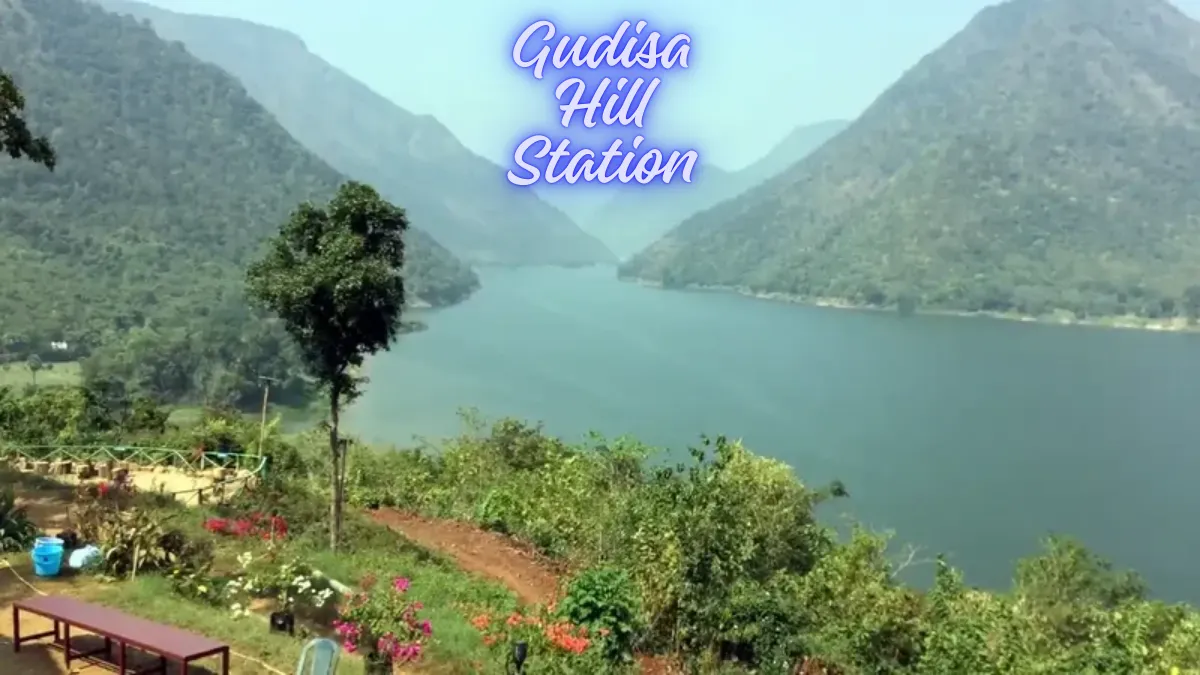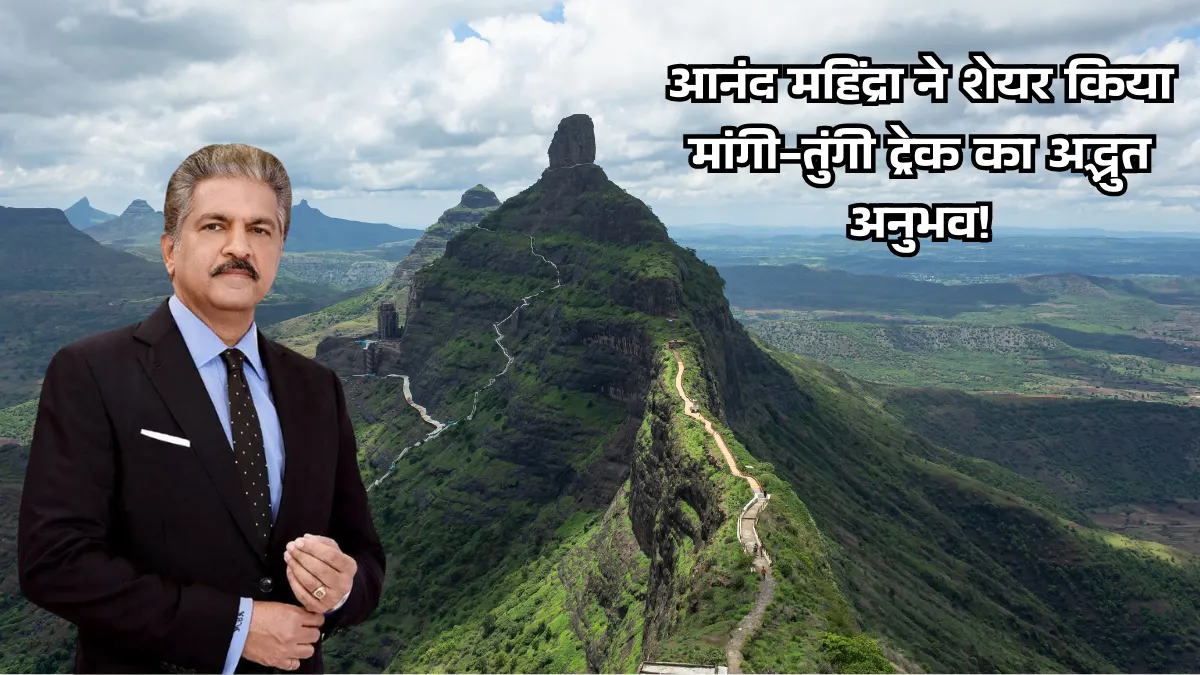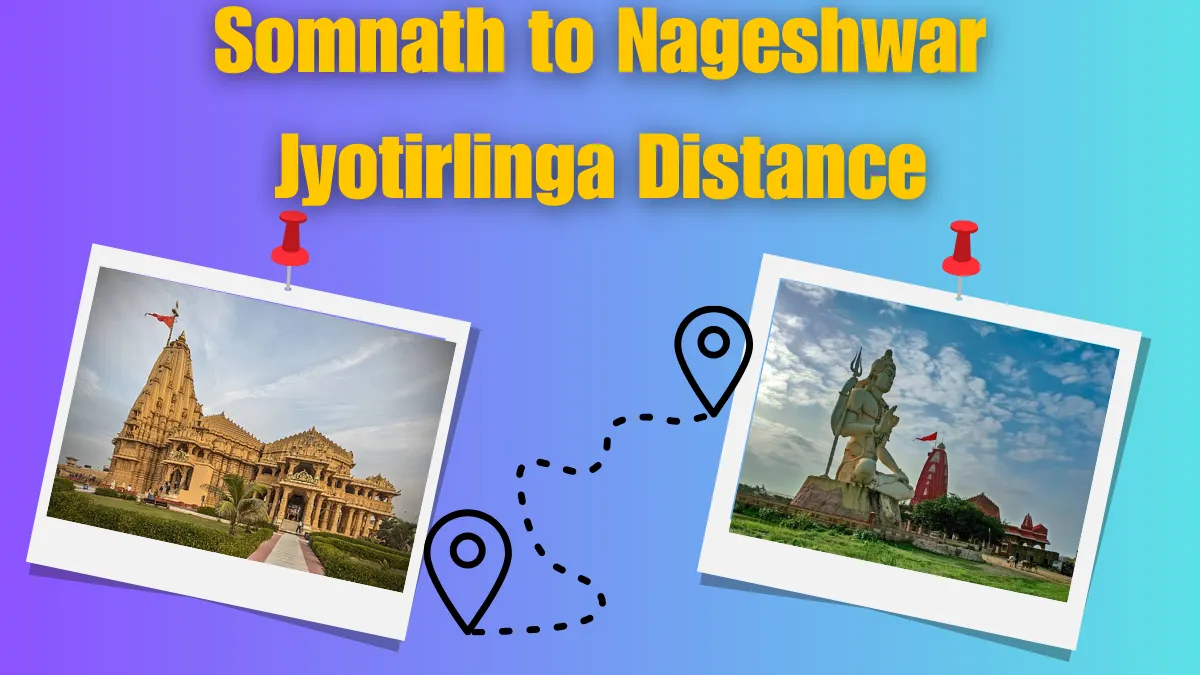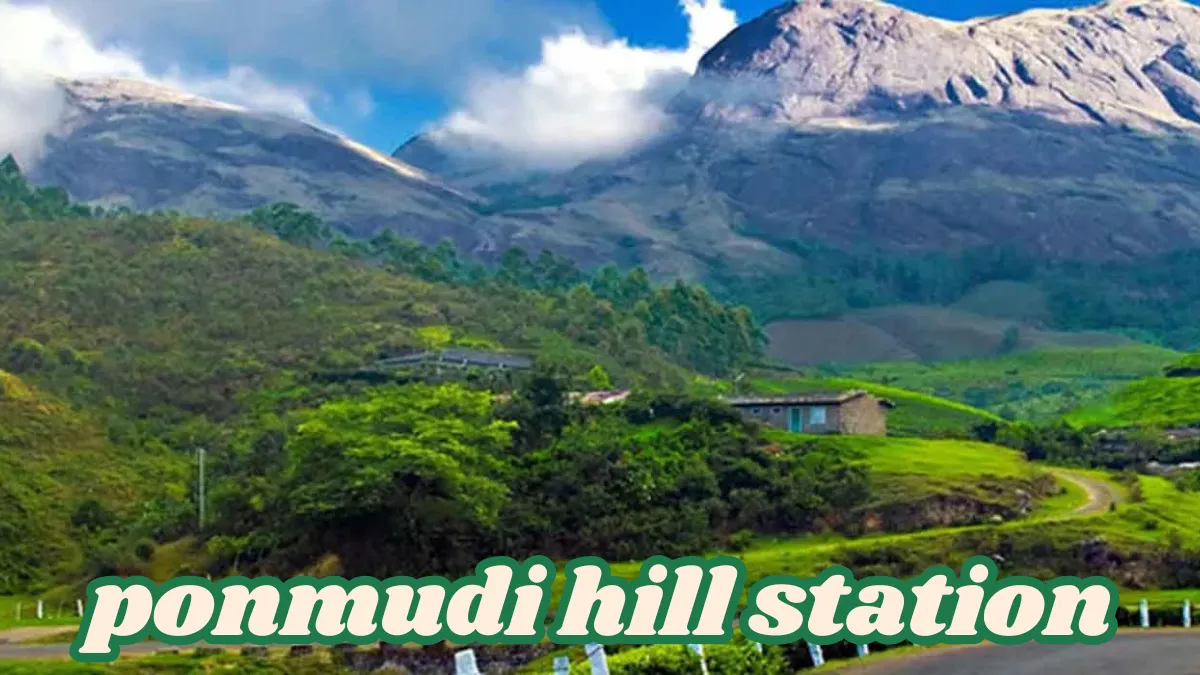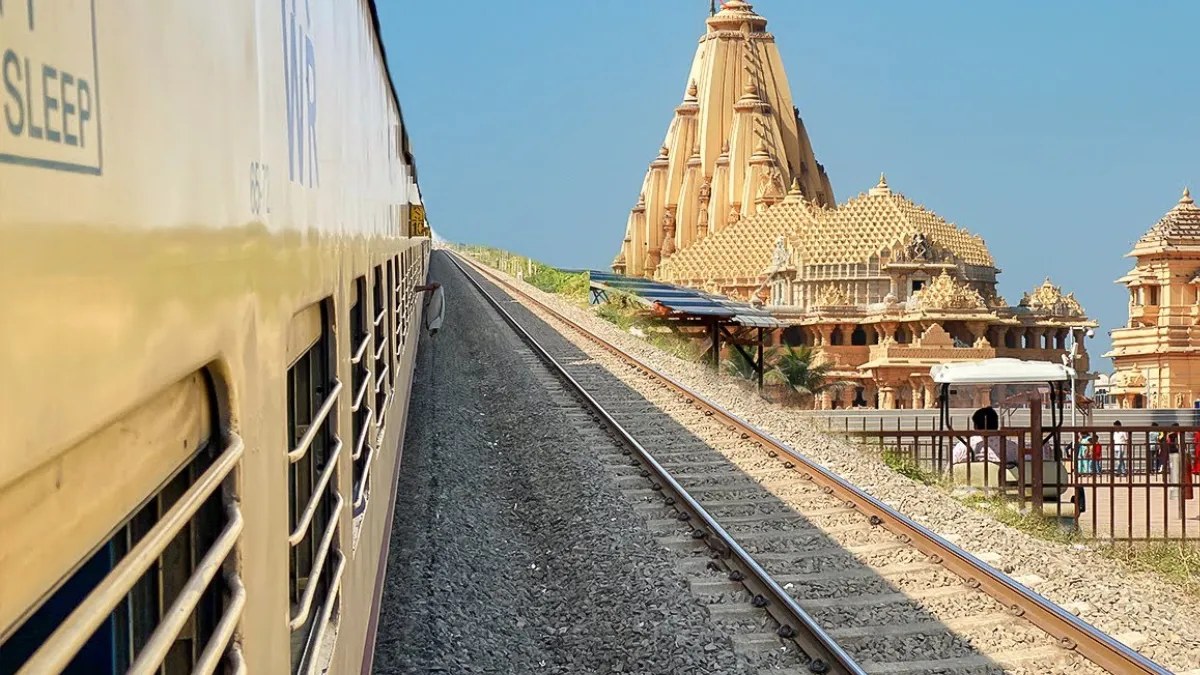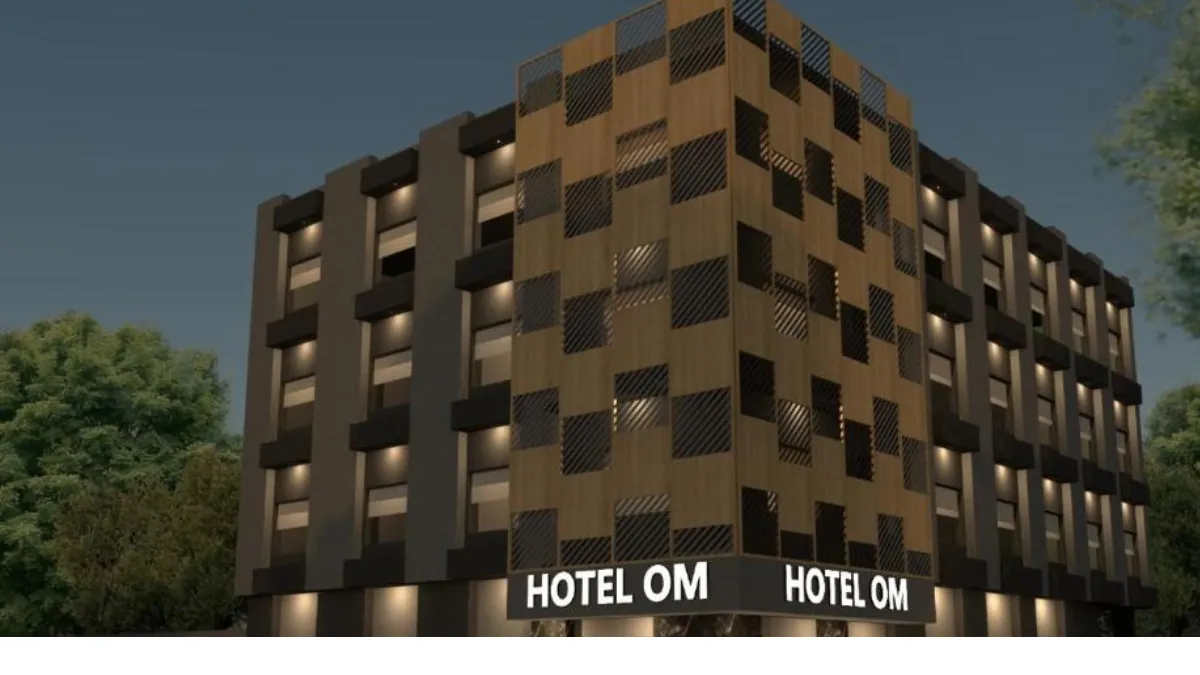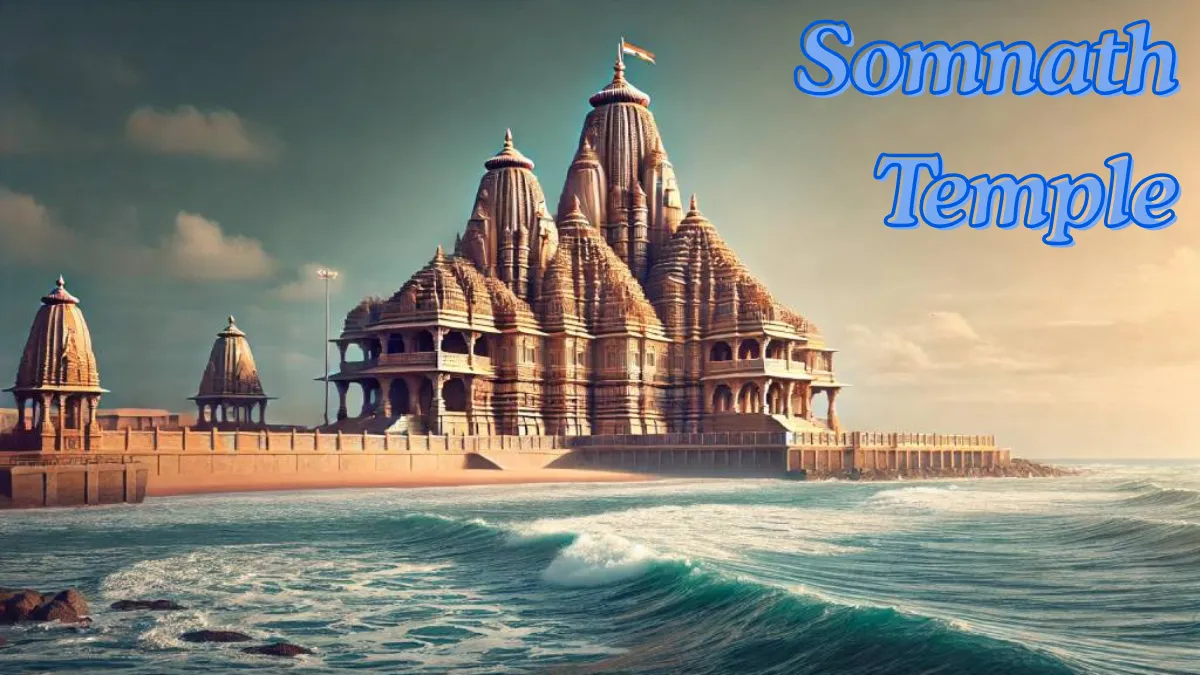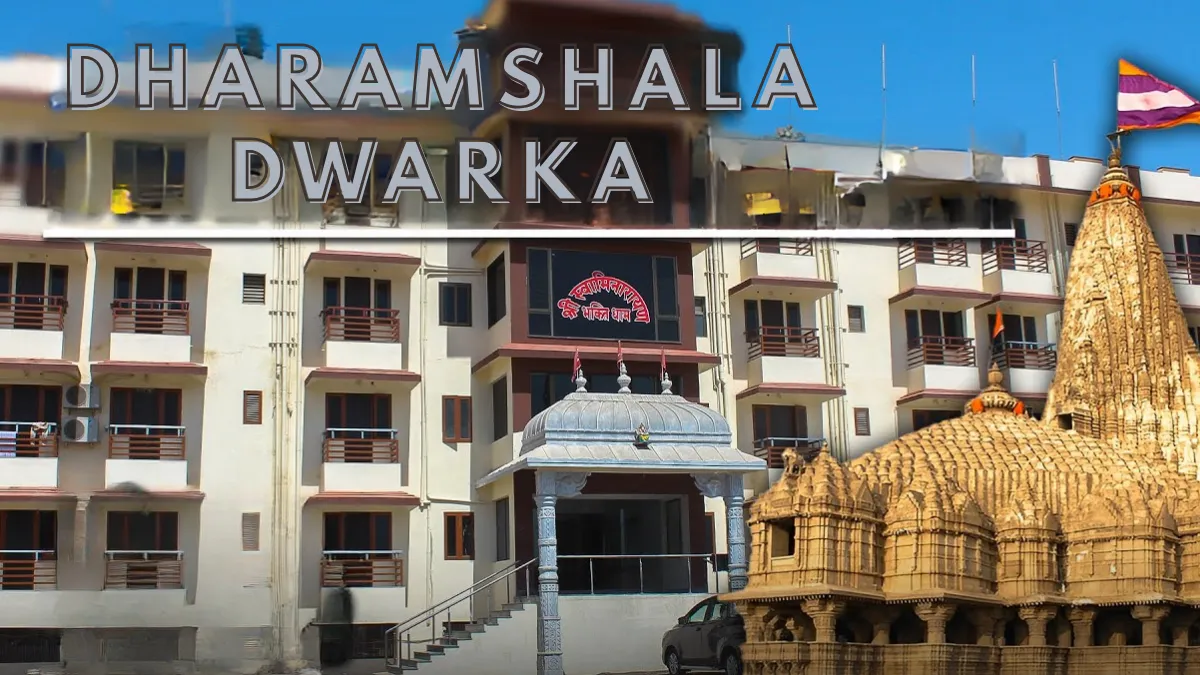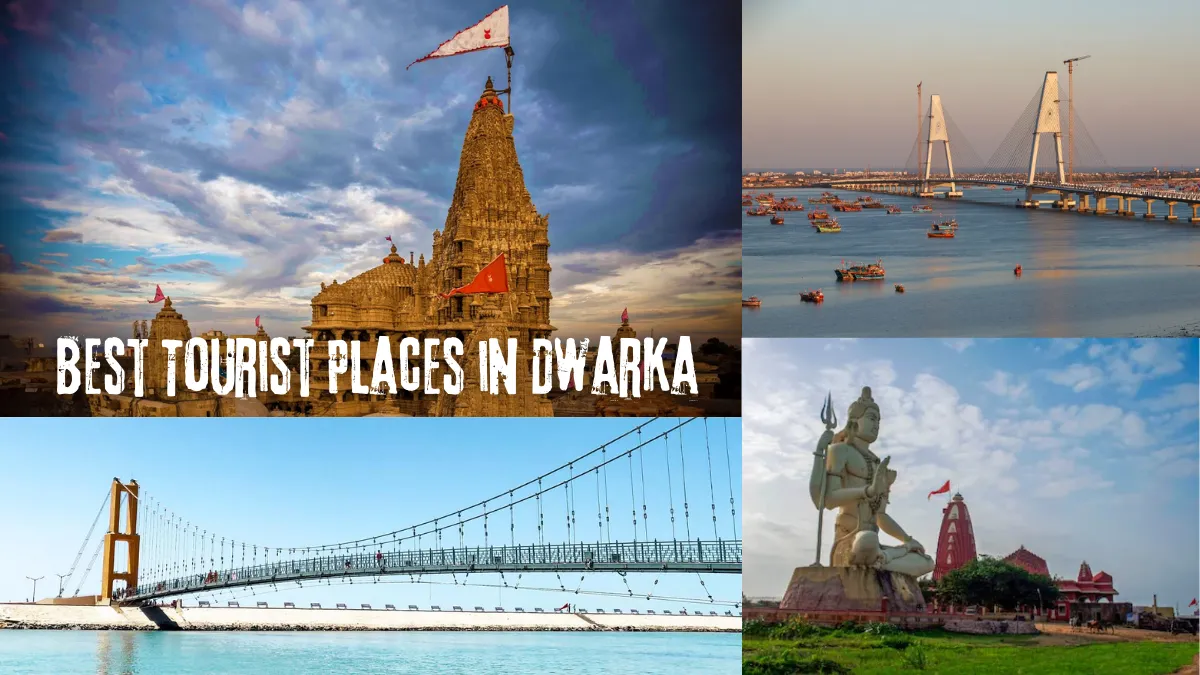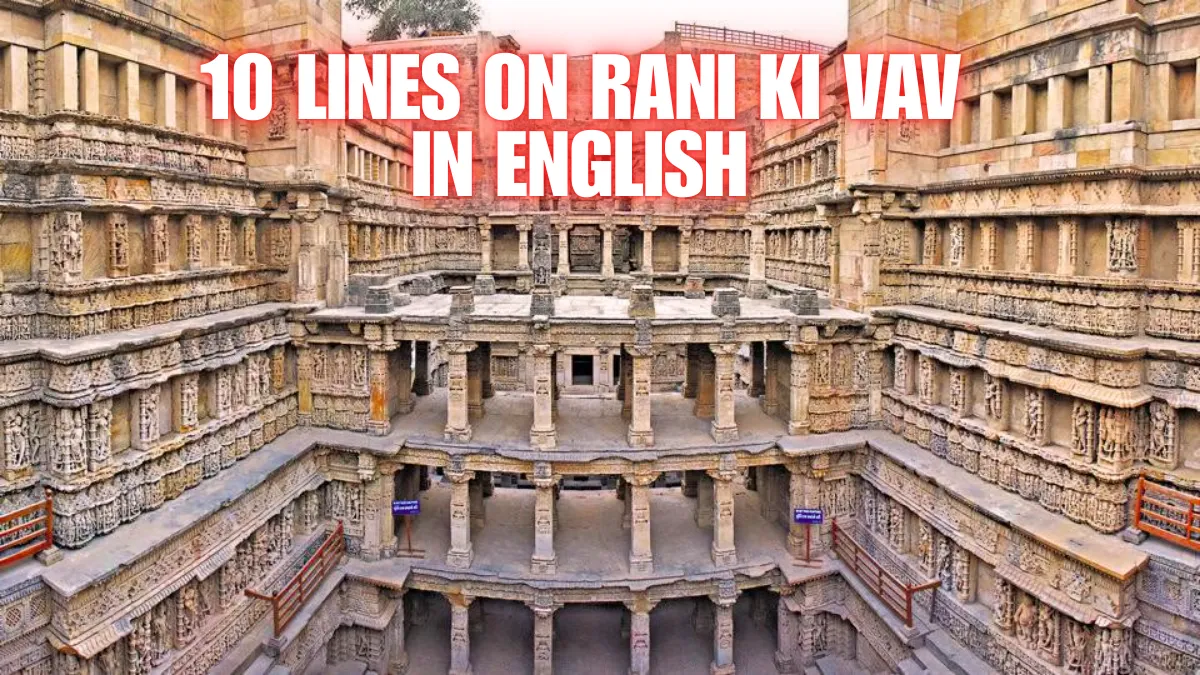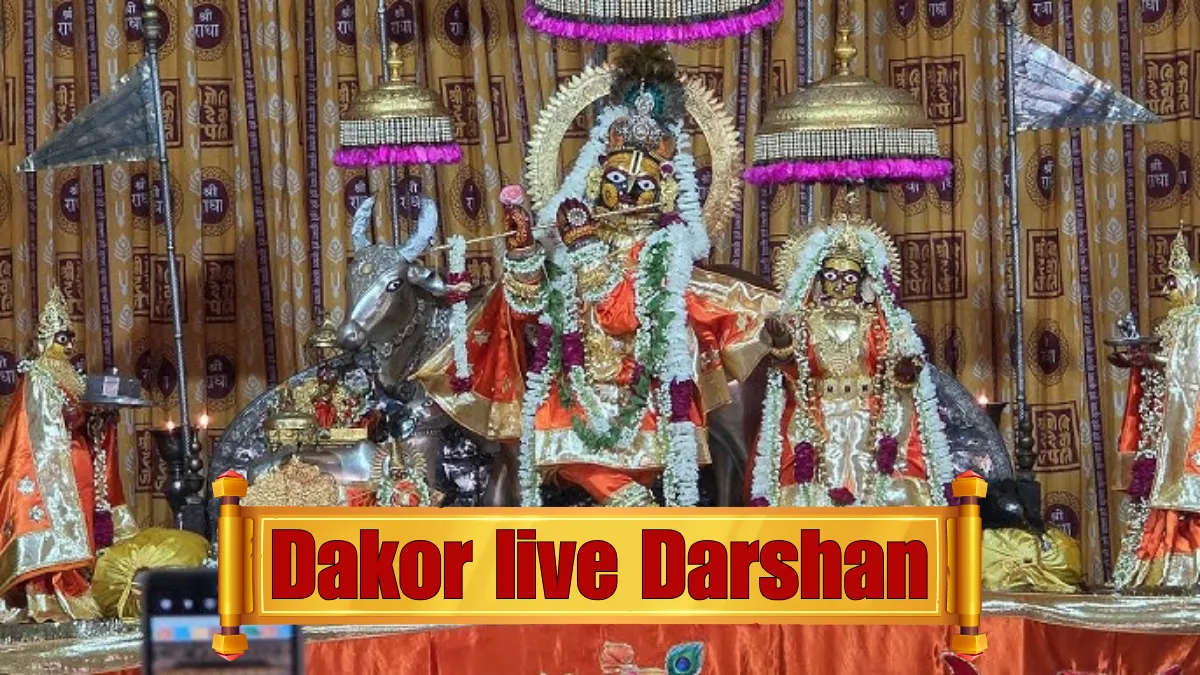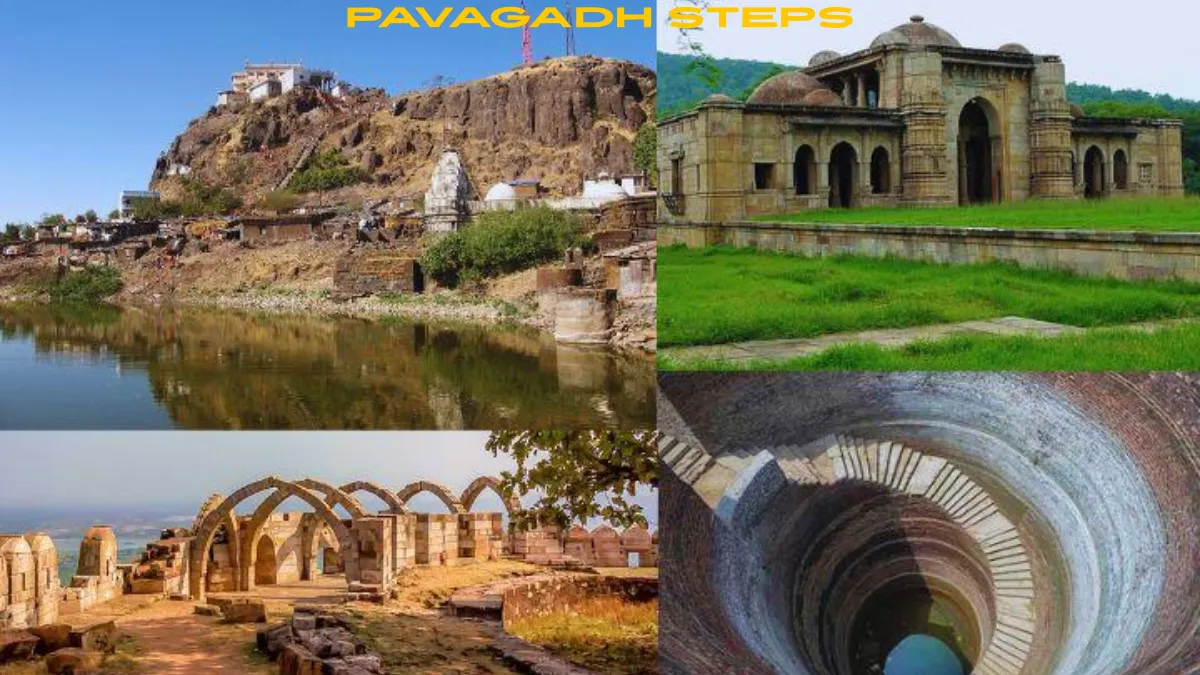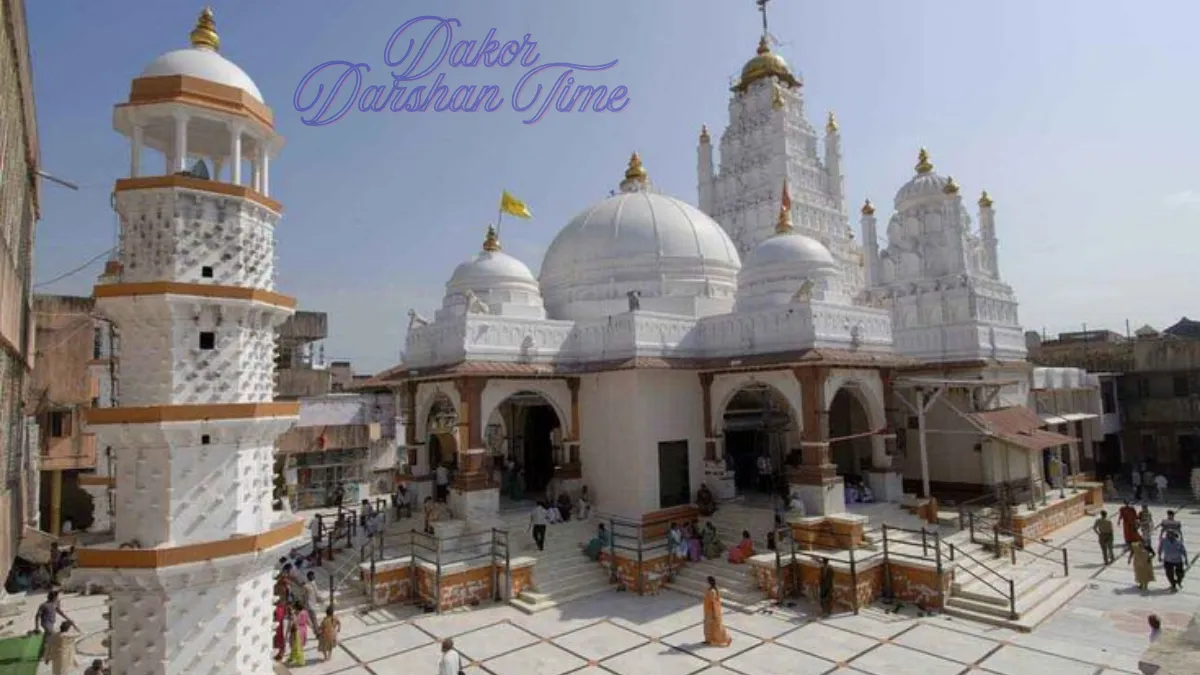Nasik Caves, also known as Pandav Leni Caves, are a group of ancient rock-cut Buddhist caves nestled in the Trirashmi Hills of Nashik, Maharashtra. These caves not only hold archaeological significance but also offer a peaceful escape and spiritual experience surrounded by history and nature.
History of Nasik Caves
The caves date back to the 1st century BCE to 3rd century CE, primarily built during the reign of the Satavahana dynasty. Patronized by local rulers, merchants, and Buddhist monks, these caves served as viharas (monasteries) and chaityas (prayer halls).
Each cave was intricately carved out of the basalt rock using primitive tools and techniques, yet they exhibit advanced architectural skill, discipline, and spiritual dedication.
Architecture and Design

There are 24 caves in total, and each one has a unique design and purpose:
- Cave 3 & Cave 10: Known for their grand Chaitya halls with stone pillars and beautifully carved stupas.
- Cave 18: A large vihara with sculptures of Buddha and Bodhisattvas.
- Cave 20: Contains one of the oldest inscriptions in Brahmi script, offering valuable insight into ancient Indian trade and society.
The caves feature:
- Rock-cut pillars
- Intricate carvings
- Prayer halls and cells for monks
- Water cisterns and inscriptions in Pali, Prakrit, and Brahmi script
Read also : Nasik Visiting Places – नासिक की घूमने लायक बेहतरीन जगहें
Spiritual and Cultural Significance

These caves were primarily used by Hinayana Buddhists for meditation and religious practices. Unlike Mahayana art, you won’t find large statues of Buddha here — the emphasis is more on simplicity, discipline, and devotion.
The caves also reflect the importance of the Silk Route, showcasing trade-related carvings and donor inscriptions from merchants and travelers.
How to Reach Nasik Caves
- Location: About 8 km south of Nashik city center
- Nearest Railway Station: Nashik Road Station (Approx. 10 km)
- Nearest Airport: Ozar Airport (Approx. 25 km)
- By Road: Well connected via Nashik city buses, autos, and taxis
Read also : Mangi Tungi Nearest Railway Station | मांगी तुंगी का नजदीकी रेलवे स्टेशन – सम्पूर्ण यात्रा मार्गदर्शिका 2025
Timings & Entry Fee
| Details | Info |
|---|---|
| Timings | 8:00 AM – 5:30 PM (All days) |
| Entry Fee | ₹25 (Indian Citizens), ₹300 (Foreigners) |
| Photography | Allowed (Free for Mobile Cameras) |
| Best Time to Visit | October to February (Cool weather) |
What to Expect on Your Visit
- A mild trek to reach the caves (approx. 15-20 min climb)
- Panoramic view of Nashik city from the top
- Spiritual ambiance and historical silence
- Ideal for photography, history lovers, and meditation enthusiasts
Travel Tips
- Wear comfortable shoes for the climb
- Carry water and sun protection during summer months
- Visit early morning for the best lighting and peaceful atmosphere
- Respect the sanctity of the place
Nearby Attractions
| Place | Distance from Nasik Caves |
|---|---|
| Saptashrungi Devi Temple | ~70 km |
| Mangi Tungi Hills | ~120 km |
| Trimbakeshwar Temple | ~30 km |
| Anjneri Hills | ~15 km |
Why I Recommend Visiting Nasik Caves (Pandav Leni)

Honestly, if you’re someone who enjoys history, peace, a bit of hiking, and panoramic views, Nasik Caves are a total gem. What really stood out for me was how quiet and calm the entire place felt — even with a few visitors around, there’s a natural stillness that makes you want to slow down and breathe.
Climbing up the hill is not too difficult (just wear decent shoes), and once you reach the caves, you’re met with these centuries-old carvings that make you wonder: “How did they create all this without any modern tools?”
The view of Nashik city from the top is stunning, especially during sunrise or sunset. You can literally sit there on the edge, soaking in the breeze and imagining monks meditating there over 2,000 years ago.
And if you’re into photography or spirituality, this place is an underrated treasure. It’s not overly crowded like many popular spots, which makes the whole experience feel more personal.
That’s why I think Pandav Leni is more than just caves — it’s a peaceful experience with a deep connection to ancient India. Definitely a must-visit when you’re in or around Nashik.
FAQs
1. What is the best time to visit Nasik Caves?
The best time to visit Nasik Caves is between October and February, when the weather is cool and pleasant for trekking and exploring the caves.
2. Are there any entry fees for Nasik Caves?
Yes, there is a small entry fee.
₹25 for Indian citizens
₹300 for foreign tourists
Entry is free for children below 15 years. Photography with mobile phones is allowed at no extra cost.
3. How many caves are there in Pandav Leni?
There are a total of 24 rock-cut caves at Pandav Leni, each with unique architectural features like viharas, chaityas, inscriptions, and water cisterns.
4. Is there any trekking involved in visiting Pandav Leni?
Yes, a mild trek of about 15–20 minutes uphill is required to reach the caves. The path is well-paved with steps, and it’s suitable for most visitors with average fitness.
5. Is Pandav Leni related to the Pandavas of Mahabharata?
No, despite the name “Pandav Leni”, the caves have no historical connection to the Pandavas. The name is based on local folklore. These caves were actually carved by Buddhist monks during the 1st century BCE to 3rd century CE.
Conclusion
The Nasik Caves are a hidden gem of Maharashtra’s spiritual and architectural heritage. They represent the blend of Buddhist devotion, ancient Indian architecture, and serene natural surroundings. Whether you’re a history buff, a spiritual seeker, or just a curious traveler — Pandav Leni Caves are absolutely worth exploring.

